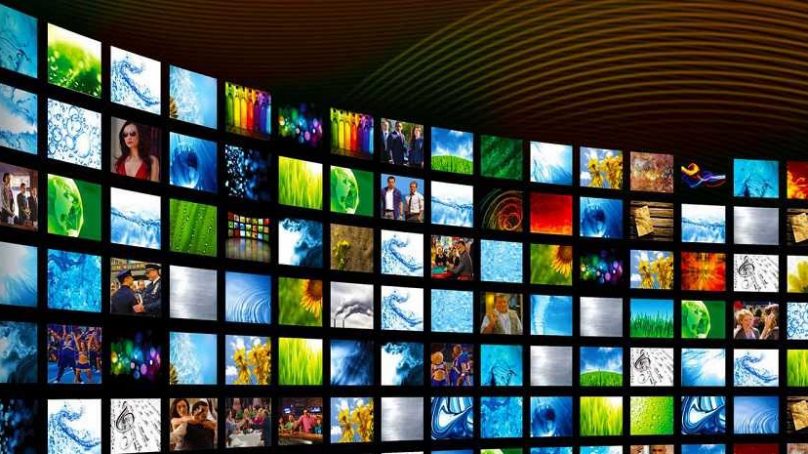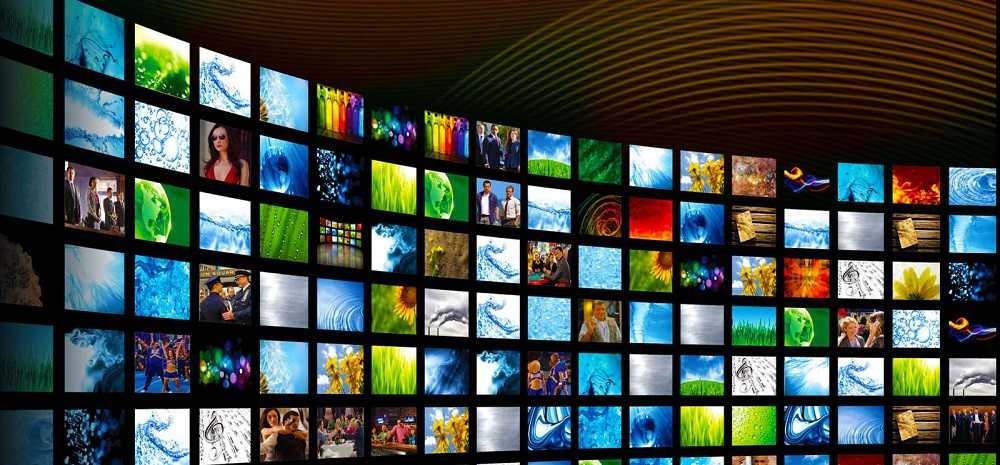

Visuals aim to broadcast a message and trigger emotional responses from an international audience. We are, after all, visually wired, with almost 50 percent of our brains involved in visual processing.
This is all the more true when it comes to travel experiences. We want to see and feel, and not just read about our destination. We want to picture ourselves on that beach, in that hotel lobby or on top of that landmark skyscraper. Hotels, tour operators, airlines and OTAs have had to up their visual marketing game and engage in storytelling. Visual marketing does not simply mean uploading beautiful photos. This marketing perspective is no longer enough, especially when potential travelers have spent almost a year online with the pandemic. It’s hard to impress them with just a good website, static images and slogans, and so other visual communication forms are trending and bringing destinations and properties to life.
Virtual reality
Within the hospitality industry, virtual reality (VR) has become particularly important, filling a void left by the harsh travel restrictions of last year. With VR, travelers who are interested in a hotel, a destination or adventure activity can be transported there within seconds. Marriott, for instance, launched its VR Postcards, Vroom Service and The Marriott Teleporter, all immersive visuals that customers can experience, guiding them not only around the properties, but also into nearby neighborhoods. Some tourism boards are also applying VR. In Denmark, virtual tourism allows people to see everything from Viking history to Nordic landscapes.
Interactive visuals
The VR experience need not be a passive one. Today, travel businesses have the chance to offer interactive experiences that allow for greater convenience and engagement, hence turning browsing into sales. Examples include interactive visuals that grant access to floor plans for conference set-ups, seating arrangements or table bookings at a restaurant.
Emojis and infographics
Infographics are still trending, since they have the power to deliver complex information in a digestible format. Similarly, emojis have changed the way we communicate and express our feelings. Today, they offer exciting and diverse visual communication and help to convey complex emotions across borders.
Visuals and videos from influencers and guests
Influencer marketing still reigns in digital marketing, and video content is one form of multimedia that influencers and hotels are doing together. Take, for instance, the “Do Not Disturb” videos Marriott created with comedienne Taryn Southern to promote its Moxy brand. Through its Marriott Snapchat, it has also collaborated with other social influencers to create video journals of their travels to top cities, such as Berlin, Seoul and Dubai.
Social media is not limited to influencers alone. Brands are now encouraging guestgenerated visuals in return for enticing rewards. Campaigns in the form of social media contests, with hashtags, selfies and tags, have become very common.
Emphasis on optimism, hope, wellbeing and nature
The challenges of the last 18 months have set an unprecedented trend for visuals that convey hope, positivity and light, as well as images that promote well-being and nature. With health being high on the list of priorities for Four Seasons’ clients, the luxury hotel chain created a campaign leading up to Global Wellness Day that reflected their brand values. Through the use of Instagram live videos and photos, Four Seasons was able to showcase the many ways guests can live happier, healthier lives just by staying at their properties.

Chirine Salha
Senior Consultant


















